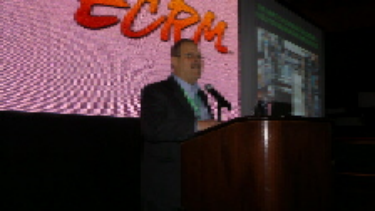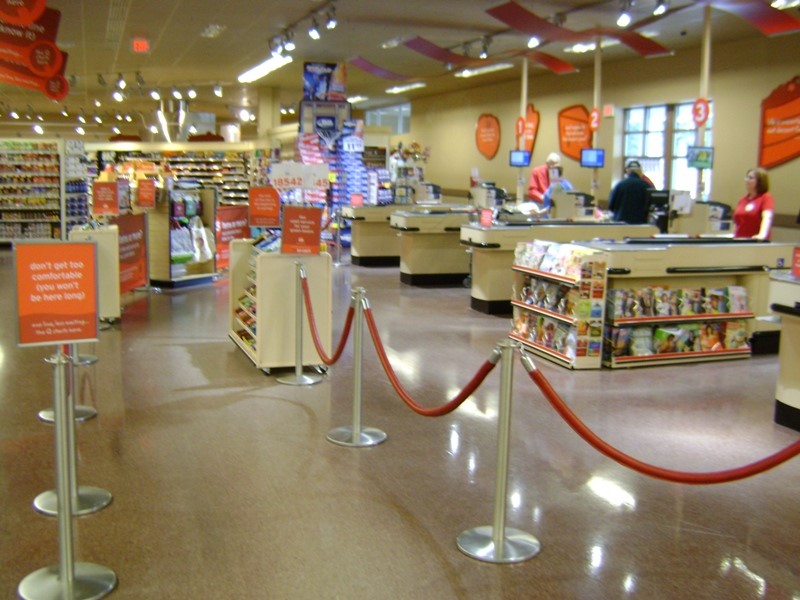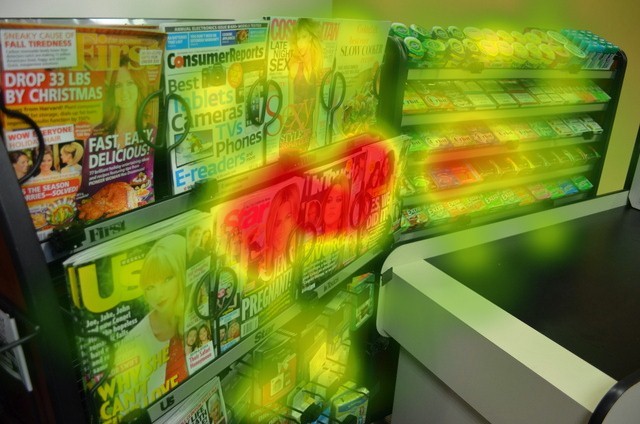Presentation Download: Bill Dusek's Front-End Impulse Keynote 3/3/2015
Click here to download the slides from the presentation
The Front-End Checkstand is a critical location in the store. Almost every shopper passes through it, and it’s the last opportunity the retailer has to make the shopping experience a pleasant one. It also represents a significant source of impulse sales.
This area of the store is constantly evolving from the standpoint of technology, merchandising, and shopper behavior, and while some retailers do a good job in this area of the store, the ongoing changes in consumer tastes and shopping habits provides many opportunities to better align checkout lanes’ merchandising with consumer purchase behavior.
According to Front-End Focus, a research project conducted by Dechert-Hampe Consulting and sponsored by Mars Chocolate, Time, Inc. Retail, and Coca-Cola, front-end checkstands drive $5.5 billion in sales. Yet there was still an opportunity to generate $1.7 billion more through the adoption of front-end merchandising best practices.
The role of merchandising
Merchandising plays a key role in driving these impulse sales at the front-end. In the Front-End Focus study, merchandising best practices were identified for retailers based on the location of categories at the checkstand, the amount of space those items were allotted, and the purchase habits of the shopper. Of key importance to the retailer is determining which categories have the largest reach, purchase frequency, and a high level of impulsivity.
The merchandising and assortment of these front-end categories needs to evolve with shopping habits. For example, a few years back, energy shots were mainly a convenience store item. Now many supermarkets are carrying them at their front-end checkstands. In addition, with a significant percentage of shoppers using the self-checkout lanes, it is important that key categories are merchandised effectively there. Once again, staying attuned to consumers’ shopping habits will help the retailer keep up with which categories need to be merchandised at checkstands.
Eye tracking studies identify “hot spots” to which shoppers’ eyes migrate during the checkout process. It is important for retailers to understand where these hot spots are and make sure that top selling items are stocked in those locations to help drive incremental impulse sales.
One new approach to highlight front-end checkstands and draw attention to them is the use of LED lighting. These brightly lit shelves improve customer attentiveness which helps drive impulse sales. Companies that have installed the LED lighting suggest that their checkstand sales have increased by double digits. Once again, finding ways to have the shopper more involved with checkstand merchandising will lead to incremental impulse sales.
Queuing lines
Checkout wait times can be a significant source of irritation for shoppers and can leave them with a negative impression of their overall shopping experience. To address this some retailers have chosen to install a queuing line, and often merchandise products alongside it.
In this merchandising approach shoppers are directed into a single queuing line which then leads to a number of cash registers. At that point they are directed to a specific register for checking out. In queuing research conducted by Dechert-Hampe Consulting and sponsored by Time, Inc. Retail, Coca-Cola and Hershey, 64% of shoppers that used the queuing line felt that the queuing line was faster for checking out. When asked which type of lane they preferred, 60% of the queuing lane respondents said that they preferred the queuing lane.
There is one downside to queuing lanes, however. The conversion rates of products merchandised in the queuing lanes were lower than the rates in the traditional lanes, resulting in lower sales from the front-end. The assumption is that shoppers were so focused on watching for which register they would be assigned that they were not “shopping” the queuing lane for impulse items. So while the retailer has may have increased the shopper’s checkout experience, they might have also lost some front-end impulse sales. The retailer needs to find a way to get the shopper more engaged with the queuing lane merchandising so that there is no loss of impulse sales. Continuous innovation in queuing line display fixtures are addressing this issue.
As front-end checkstands continue to evolve, retailers and suppliers must understand how these front-end changes are impacting shopping habits and adapt accordingly and keep the assortment and merchandising fresh and exciting.



